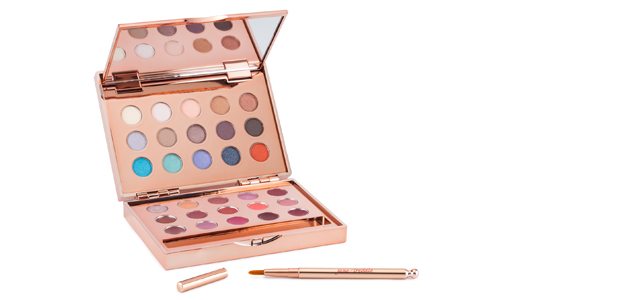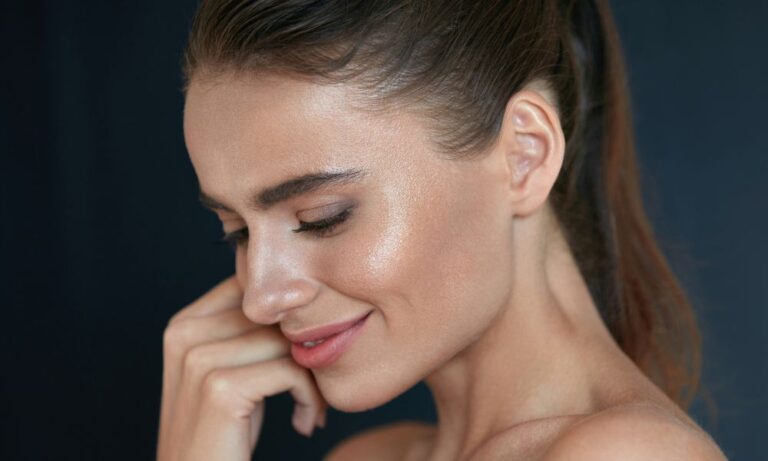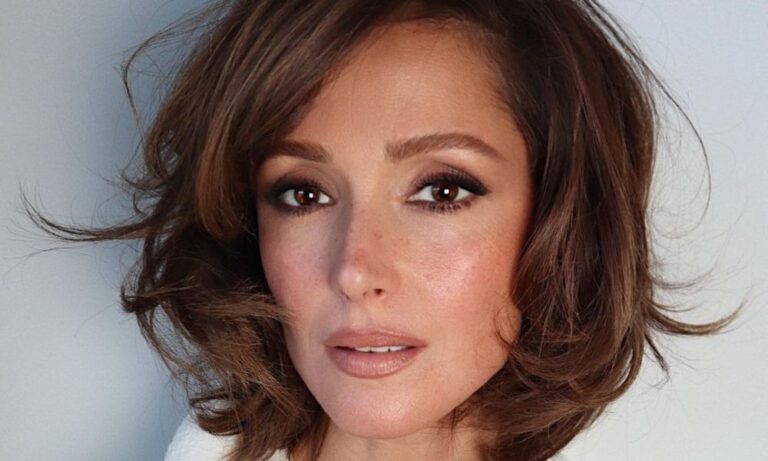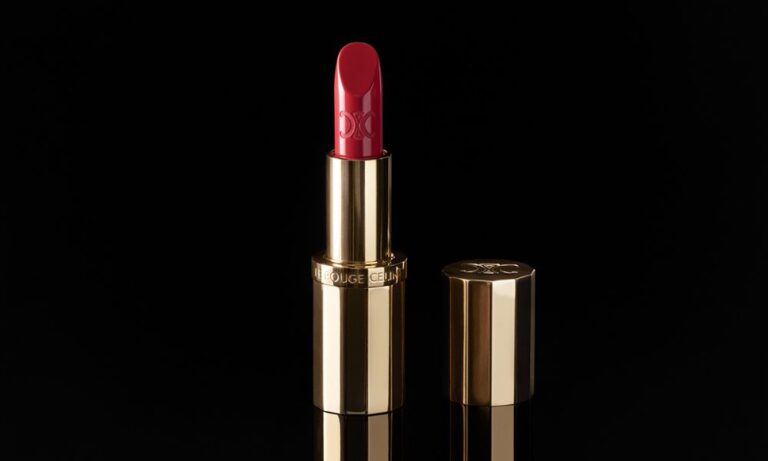We would like to make a correction to the Beauty section of our december 2013 edition of MiNDFOOD Magazine.
The issue is in Chapter Four on page 71 of the magazine, in which we refer to a variety of Christmas gifts on our beauty wish list.
Number 6. on the list includes Jane Iredale’s Glamour Eye and lip Palette, which contains 15 eyeshadows, 10 lipsticks and five lip glosses. The product is featured with a RRP of $115.
The correct RRP should read $220.
We apologise for any inconvenience caused. For more information ont this or any other Jane Iredale product visit: janeiredale.com







